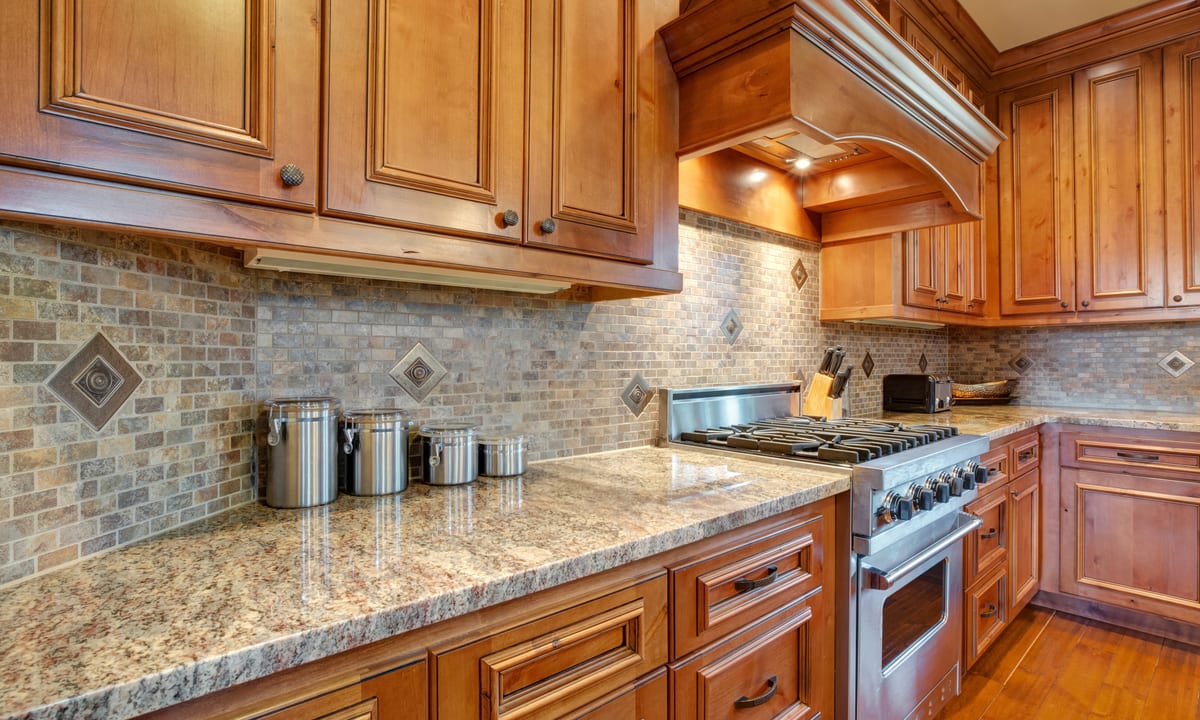Modern Kitchen Design: Practical Ideas for Home Interiors
A well-planned kitchen design transforms a room into the heart of your home, blending function with personal style. Whether you’re renovating or starting from scratch, thoughtful choices about layout, materials, and lighting will improve daily usability and resale value. This guide covers practical tips for kitchen planning, interior finishes, and modern touches that make cooking and entertaining easier.

Kitchen: where to begin with layout?
Start by mapping tasks—cooking, prep, storage, and cleanup—and arrange the kitchen so those activities flow naturally. The classic triangle between the sink, stove, and refrigerator still informs efficient layouts, but modern homes often adapt it into work zones or islands that support multiple cooks. Consider traffic patterns and sightlines to living areas so the kitchen feels integrated with the rest of your home. Prioritize storage near where you use items and allocate clear countertop space for prep and appliances.
Design choices that balance form and function
Good design merges aesthetics with utility. Choose cabinetry that fits your cooking style—deep drawers for pots, pull-outs for spices, and tall pantry units for bulk storage. Countertop materials should reflect how you use the surface: quartz for low maintenance, butcher block for warmth, or porcelain for heat resistance. Color and texture establish mood; light tones expand small rooms while darker palettes add drama. Aim for durable finishes and easy-to-clean surfaces to keep the kitchen looking fresh over time without constant upkeep.
Interior finishes that elevate your space
Interior finishes set the tone and determine long-term maintenance needs. Flooring should stand up to spills and traffic—porcelain tile and engineered hardwood are common choices. Backsplashes protect walls and become focal points; subway tile, large-format slabs, and textured mosaics are popular options. Hardware, faucets, and appliances create cohesion—pick a finish (brushed nickel, matte black, or brass) and echo it in multiple elements. Don’t overlook paint and trim: a satin or semi-gloss finish holds up well in humid kitchen environments.
Home workflow: making cooking effortless
Design the kitchen around how your household cooks and entertains. If you host frequently, add an island with seating to keep guests close while you work. If family breakfasts are routine, design a dedicated coffee and morning station. Appliances should be sized and placed to match routines—double ovens for bakers, a drawer microwave for ergonomics, or a convection steam oven for versatility. Lighting is critical: layered lighting with task, ambient, and accent sources prevents shadows and highlights key surfaces, improving safety and comfort.
Modern elements to add style and longevity
Integrate modern touches that enhance usability without sacrificing timeless appeal. Smart appliances, soft-close drawers, and under-cabinet lighting make daily life smoother. Choose energy-efficient appliances and LED lighting to reduce operating costs and environmental impact. Consider mixed materials—wood, metal, and stone—to add depth while keeping the palette restrained. Open shelving can showcase dinnerware but balance it with closed storage to hide clutter. A few bold design statements, like a textured hood or a patterned backsplash, can give the kitchen personality while core elements remain classic.
Conclusion
Thoughtful kitchen design is a balance of practical choices and aesthetic decisions that reflect how you live. Begin with a layout that supports your daily workflow, select durable interior finishes that meet maintenance needs, and incorporate modern features that improve convenience and efficiency. Pay attention to storage solutions and lighting to make the space both beautiful and functional. With careful planning, your kitchen becomes a resilient, welcoming center of your home where form meets function in a way that lasts.






